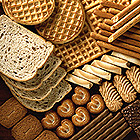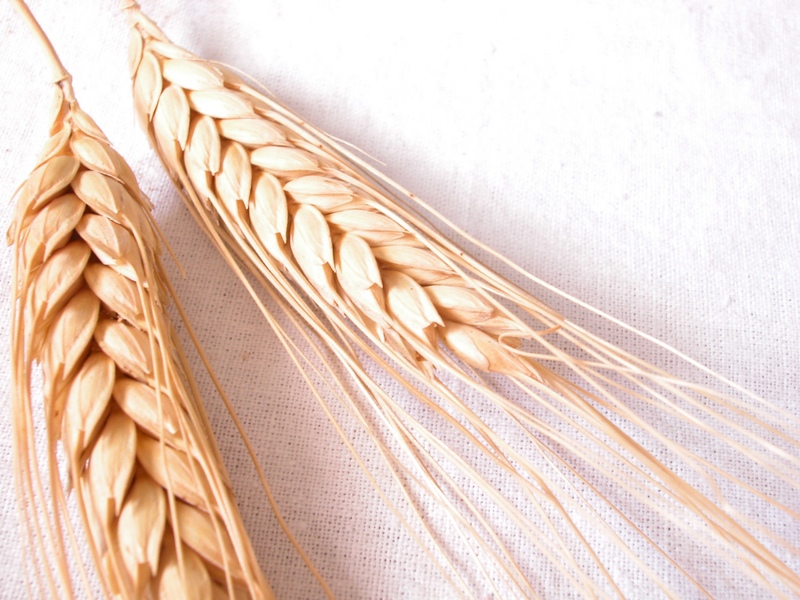
THURSDAY, Jan. 17 (HealthDay News) — Many whole grain products aren’t quite as healthy as consumers might think, new research contends, but some are healthier than others.
“There is lots of confusion” about how to find the healthiest whole grain foods, said study author Rebecca Mozaffarian, project manager at the Harvard School of Public Health’s Prevention Research Center.
That confusion, she said, is due to at least five different industry and government guidelines that define a product as whole grain. The different standards are set by industry, the government and the American Heart Association.
Mozaffarian’s team looked at more than 500 products available at the grocery store — including breads, bagels, cereals, crackers, granola bars, chips and other foods. They took into account not only whole grain content but total calories, trans fats (if any), sugars and sodium.
The research is not meant to discourage people from choosing and eating foods with whole grains, but to help them choose which ones are the healthiest overall, the study authors noted.
“We were trying to see which definition worked best for identifying the healthiest whole grain products,” Mozaffarian explained.
The study does address an important issue: what qualifies a food to be classified as a good source of whole grains, said Alice Lichtenstein, professor of nutrition sciences at Tufts University in Boston.
“Clearly, existing guidance to the consumer is fuzzy,” Lichtenstein acknowledged.
However, some of the differences found by the Harvard researchers were small, Lichtenstein noted, with an average of only nine calories separating some of the most healthy products from the less healthy ones.
That didn’t mean the researchers did not find differences in overall nutritional value, depending on the standard used for the product.
“The least helpful was the whole grain stamp,” Mozaffarian said.
That stamp is given to products that have at least 8 grams of whole grains per serving. The stamp was created by the Whole Grains Council, a nonprofit group. Companies pay annual dues to belong to the council, and use the stamp on foods that meet the standard.
The researchers found that the products that had the whole grain stamp were higher in total calories and sugars, overall, than some other products.
In response, the council said on its website that the stamp lives up to its purpose — identifying products with a significant amount of whole grains.
The Harvard team did find that products that met another standard, the American Heart Association’s 10:1 ratio, tended to be healthier overall. This standard says that the carbohydrate-to-fiber ratio must be less than 10 to 1. These items were likely to have less sugar, salt and trans fats than other products. For instance, a slice of bread with 20 grams of carbohydrates and 2 or more grams of fiber would meet the 10:1 ratio.
Products that had whole grains listed on the label as a first ingredient with no added sugars were judged almost as healthy as those meeting the 10:1 ratio in terms of their other ingredients, the researchers added. This standard is suggested by the U.S. Department of Agriculture (USDA).
In the middle were the other two standards — products with whole grain listed first (USDA, FDA) and products with the word “whole” before any grain anywhere in the list (USDA Dietary Guidelines for Americans 2010).
Mozaffarian hopes the information will be useful to policy makers if they decide to discuss standardizing whole grain labeling. The report was published in the Jan. 4 online edition of the journal Public Health Nutrition.
Lichtenstein said few if any consumers would take the time to compute a 10:1 ratio before choosing or eating a whole grain food. Her advice? Look for products that have whole grain as the first ingredient and no added sugars.
More information
To learn how to eat more whole grain foods, visit the U.S. Department of Agriculture.

